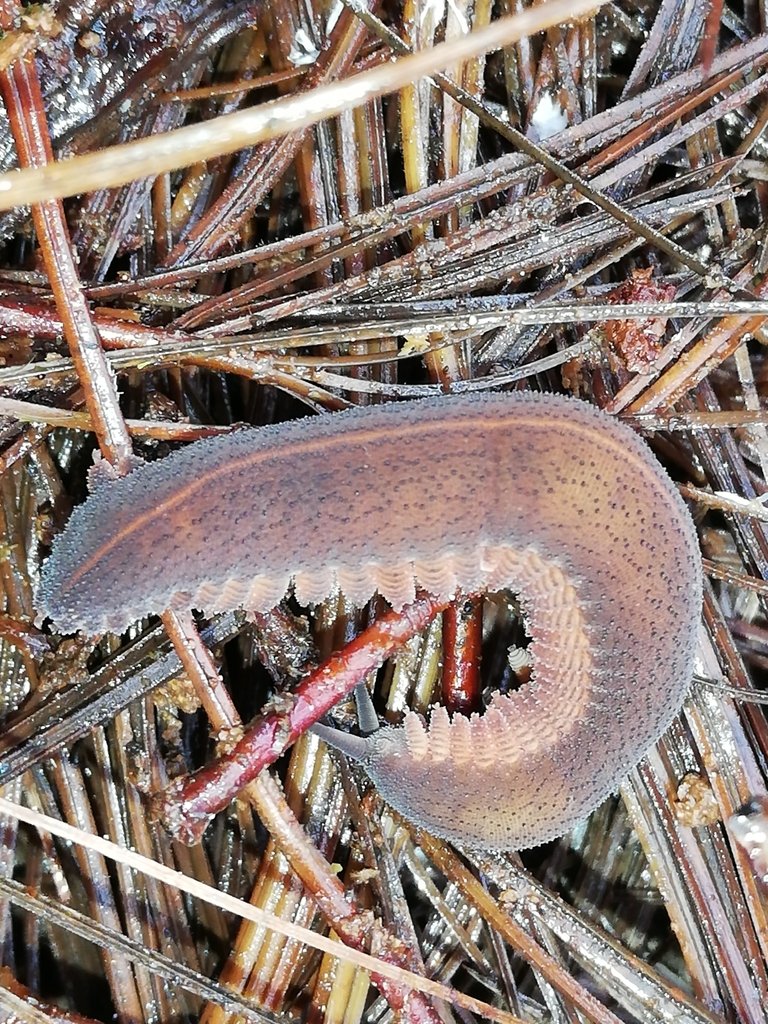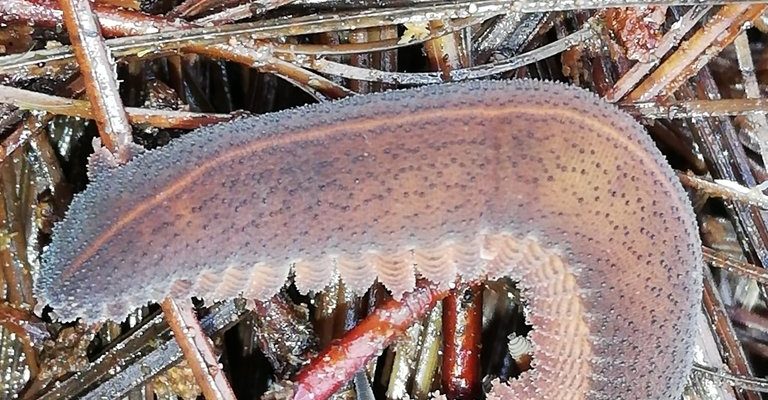
So, how do these remarkable little animals use their camouflage in the wild? To break it down, let’s explore their environment, their physical adaptations, and how these factors play into their survival against predators. You might be surprised to learn that these ancient beings have a few tricks up their sleeves that make them quite the experts in blending in.
The Velvet Worm’s Natural Habitat
Velvet worms thrive in humid, tropical environments, often found in rainforests and other lush areas. Here, the dense foliage, leaf litter, and decaying logs provide perfect cover. The moist environment is key to their existence, as they require high humidity to prevent dehydration. Picture a cozy, dark corner of a forest—this is the ideal home for these creatures.
These habitats are teeming with life. Being surrounded by such a diverse range of plants and animals means that velvet worms must be on their toes, constantly aware of potential predators. Birds, lizards, and even larger insects might be lurking nearby, waiting for a tasty meal. So, you can see why camouflage becomes vital; it’s their first line of defense against being spotted and eaten!
Physical Attributes Contributing to Camouflage
Let’s dive deeper into how velvet worms look and why that helps them blend in. These creatures have a soft, segmented body covered in a layer of tiny hairs. This not only gives them their velvety appearance but also helps them mimic the textures of their surroundings, like tree bark or damp soil.
Their colors, ranging from earthy browns to deep greens, are perfectly suited for their environment. When a velvet worm rests on the forest floor, their coloration allows them to become nearly indistinguishable from the leaves and dirt. It’s almost like wearing a natural disguise. You might find it fascinating that their color can help them absorb heat, vital for their survival.
Behavioral Camouflage Strategies
Velvet worms don’t just rely on their physical attributes; they also employ clever behaviors to enhance their camouflage. For instance, they tend to stay motionless for long periods, waiting patiently for the right moment to ambush prey. By keeping still, they reduce the chance of being noticed, especially against the intricate backdrop of their habitat.
When threatened, some species may curl into a ball, further obscuring their shape and making it harder for predators to identify them. It’s a bit like how a rolled-up newspaper can be less noticeable than when it’s spread out—sometimes, less truly is more!
Why Camouflage Matters for Velvet Worms
The art of camouflage isn’t just about avoiding predators; it’s also about hunting. Velvet worms are carnivorous and rely on their stealth to catch prey. They have a remarkable method of hunting, often using a sticky slime that they shoot from specialized glands to ensnare unsuspecting insects or even small vertebrates.
By effectively camouflaging themselves, they increase their odds of getting close enough to their prey without being detected. The drop in visibility grants them the element of surprise, allowing them to launch their sticky web to trap a meal. Honestly, it’s a perfect example of how camouflage supports every aspect of their existence—survival and sustenance alike.
Challenges to Camouflage in Changing Environments
While velvet worms are well-adapted to their environments, they still face threats from habitat destruction and climate change. As forests are cut down or altered, their natural camouflage becomes less effective. When the delicate balance of their habitat is disrupted, it becomes harder for them to hide.
This situation raises concerns about their survival. With fewer places to blend in and hide, velvet worms may struggle to find both shelter and food. It’s a reminder of how interconnected ecosystems are and how impactful human activity can be on these fascinating creatures.
In the wild, the velvet worm’s ability to camouflage is an essential survival skill that showcases nature’s ingenuity. From their unique physical traits to their clever behavioral strategies, these creatures have adapted brilliantly to thrive in their lush habitats. Camouflage helps them evade predators, catch prey, and navigate an ever-changing world.
As we learn more about these ancient beings, it’s essential to appreciate their role in the ecosystem and the importance of preserving the diverse environments they call home. Just like velvet worms, we should all strive to adapt and blend into our surroundings while making sure that our actions protect the world around us. The next time you think about camouflage, remember the velvet worm and its remarkable journey in the wild.

